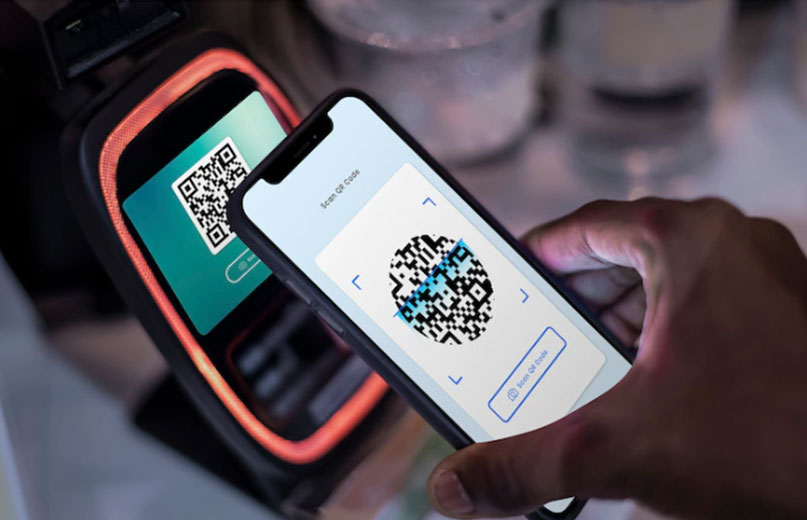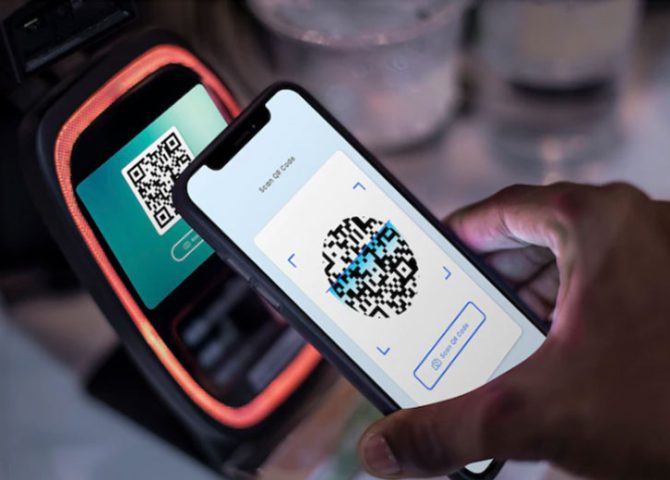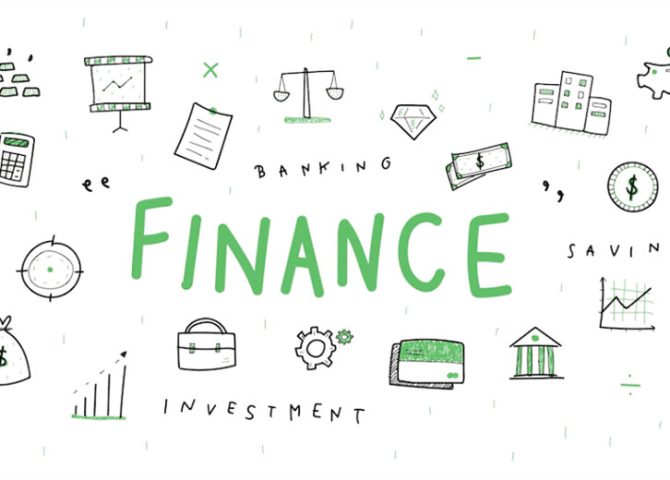
- 261 Views
- Carding Magazine
Heading Towards a Cashless Society?
Every year, fewer and fewer transactions worldwide are carried out using cash.
In the UK, the use of cash decreased by around 15% yearly from 2017 to 2019. While in Sweden, the percentage of transactions made with cash is now less than one per cent.
This is essentially thanks to the rise – and convenience – of contactless payments, including via bank cards and through apps such as Apple Pay, Venmo and countless more variations across the world.
Even in Asia – the continent most reliant on cash-based transactions – the growing prevalence of e-wallet providers and QR-enabled payments is accelerating their move towards a more digital economy, with cash use falling from 97% to 71% from 2010 to 2019, as stated in a Mckinsey report.
However, over the last two years, the COVID-19 pandemic has escalated towards a cashless society, with the percentage drop in cash usage doubling in many countries. In the UK, the number of payments made with physical money dropped by 35% in 2020 – more than double the year before.
In addition to the increased surge in online shopping – for which cashless transactions are necessary – many became concerned about COVID-19 transmission via banknotes, with consumers and businesses opting to use digital over physical payment methods.
The number of cash-only businesses soared, increasing by 23% in the USA, 39% in Canada and 50% in the UK, to give just a few examples.
Would a cashless society be a good thing?
There are a few notable benefits to a cashless society, aside from being quicker and more convenient to use digital payment methods over rooting around for – and counting – correct change.
For one, with the cash-based infrastructure scrapped, there would no longer be any need to manufacture physical money such as cash and coins. This would be better for the environment and taxpayers, as creating money costs billions per year from taxpayers’ earnings. A cashless society could also help reduce tax avoidance due to transactions being more easily traceable and even decreasing certain types of crime, as there wouldn’t be any physical money in tills, reducing shop break-ins.
However, there is a significant risk to consider when all capital is on online systems. These are vulnerable to cyber-attacks and common system failures, leaving people with no way to pay for the things they need.
Even more important than this is the fact that – although most people use contactless payment methods to some extent – many still rely on cash to carry out their day-to-day transactions. Some don’t have the technology or the capacity to get to grips with contactless payments or online banking. A move to a completely cash-free society could leave these people without the means to purchase necessities.
So, are we heading towards a cashless society?
The trajectory of the cash-use rate has depleted to the extent that, if it were to continue at this velocity for a few more years, it would seem as though cashless societies will invade the globe.
However, this view grossly overlooks groups in society who rely on cash for at least some of their transactions.
Some financially disadvantaged groups, refugees and homeless people, rely totally on cash to make payments, as do many elderly who aren’t familiar with modern payment tech. Moreover, cash-based businesses would be left behind or forced to implement technology to allow digital payments.
Additionally, people with cognitive problems that may make it challenging to use tech-enabled payment methods or even remember pins to bank cards can have more financial independence with cash.
What’s more, the trajectory of decreased cash use over the two years shouldn’t be seen as representative, as the move towards cashless wasn’t a choice for many during the pandemic.
People were encouraged online to shop as non-essential businesses around the globe were shut, and many companies began to accept digital-only payments to reduce transmission of the virus via banknotes. Cash will likely be used post-COVID again, though still at a lower rate than before the pandemic.
A cashless society has been predicted for almost 70 years before digital payment methods even existed. While many more alternative payment methods are now available, including alternative currencies only used – such as bitcoin and other cryptocurrencies – we’re still a long way off replicating the unique advantages of physical cash with digital systems.
The likelihood is that we’re not going to exist in a completely cashless society – at least not anytime soon. More likely, we’ll continue to grow into a less-cash society, though the option for people to fall back on cash when they need to will be there for the foreseeable future – they may have access to fewer businesses than they once did.








Leave a Comment